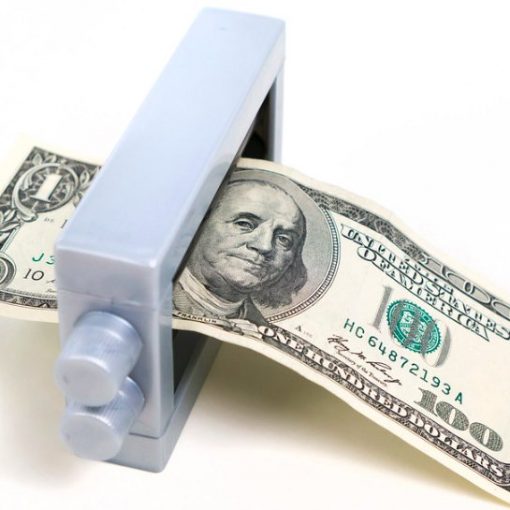Micheal Burry is the smartest investor you’ve never heard of.
Well, I say that. If you saw the movie The Big Short, you’ve heard of him. Burry was the eccentric hedge fund manager played by Christian Bale and one of the select few people that both saw the 2008 mortgage crisis coming and managed to profit from it.
But despite his stellar returns – generating 697% gross returns between 2000 and the first quarter of 2008 at a time when the S&P 500 barely returned 5% — Burry lacks the name recognition of some of his higher-profile peers. Warren Buffett can’t sneeze without CNBC reporting it, whereas you have to actively search for comments by Burry.

Fund Bubble?
But when he speaks, you’d be wise to listen. And Burry has quite a bit to say these days about the index funds making up your 401(k). In fact, he considers stock and bond index funds and ETFs to be as risky today as exotic mortgage derivatives before the 2008 meltdown.
In a normal, functioning market, informed buyers and sellers reach an agreement on price. This is true of stocks but equally true of houses, cars, cups of coffee or velvet Elvis paintings. The push and pull of buyers and sellers towards a fair price is what economists call “price discovery.”
Of course, central bank tinkering has effectively destroyed price discovery in the bond market. You need look no further than the $17 trillion in negative-yielding bonds as proof of this. But, as Burry explains, “now passive investing has removed price discovery from the equity markets” because it doesn’t “require the security-level analysis that is required for true price discovery.”
CDO Redux
In other words, no one bothers to do actual stock research anymore. Passive index investors buy stocks based on their market caps and nothing else. Valuation, earnings quality, forward projections… none of these things matter.
Burry compares this to the collateralized debt obligations (CDOs) he made a fortune betting against in 2008. No one bothered to do actual security-level research then either. Pricing was determined by models dreamt up in a lab by quants in white coats rather than by actual buyers and sellers. And we know how that ended.
Equally scary is the lack of liquidity. As Burry points out, more than half the stocks in the S&P 500 have less than $150 million in daily trading volume. “That sounds like a lot,” Burry says, “but trillions of dollars in assets globally are indexed to these stocks. The theater keeps getting more crowded, but the exit door is the same as it always was.”
Price Discovery
Over the past few decades, low-cost index funds have outperformed most active managers. But ironically, this doesn’t mean that active investors are bad at their jobs. The exact opposite is true. Indexing works because talented active managers push the market towards efficiency.
Price discovery is the work of active traders and investors. But if everyone indexes, the whole thing falls apart. Someone has to do the fundamental research that keeps this dog and pony show afloat. (Bill Ackman made similar comments about three years ago, and they’re worth revisiting today.)
This probably won’t end well. But it’s not all doom and gloom. As Burry notes, “the bubble in passive investing through ETFs and index funds… has orphaned smaller value-type securities globally.”
Takeaway
As a value investor, that’s music to my ears. An unloved orphan stock is a cheap stock and one that’s off the radar of most investors.
Will the years ahead be good ones for small-cap value investors? Only time will tell. But all bubbles (and busts) create opportunities, and small-cap value stocks may be the ultimate winner in the indexing bubble.
Photo Credit: Mac.Else von Berlin via Flickr Creative Commons



